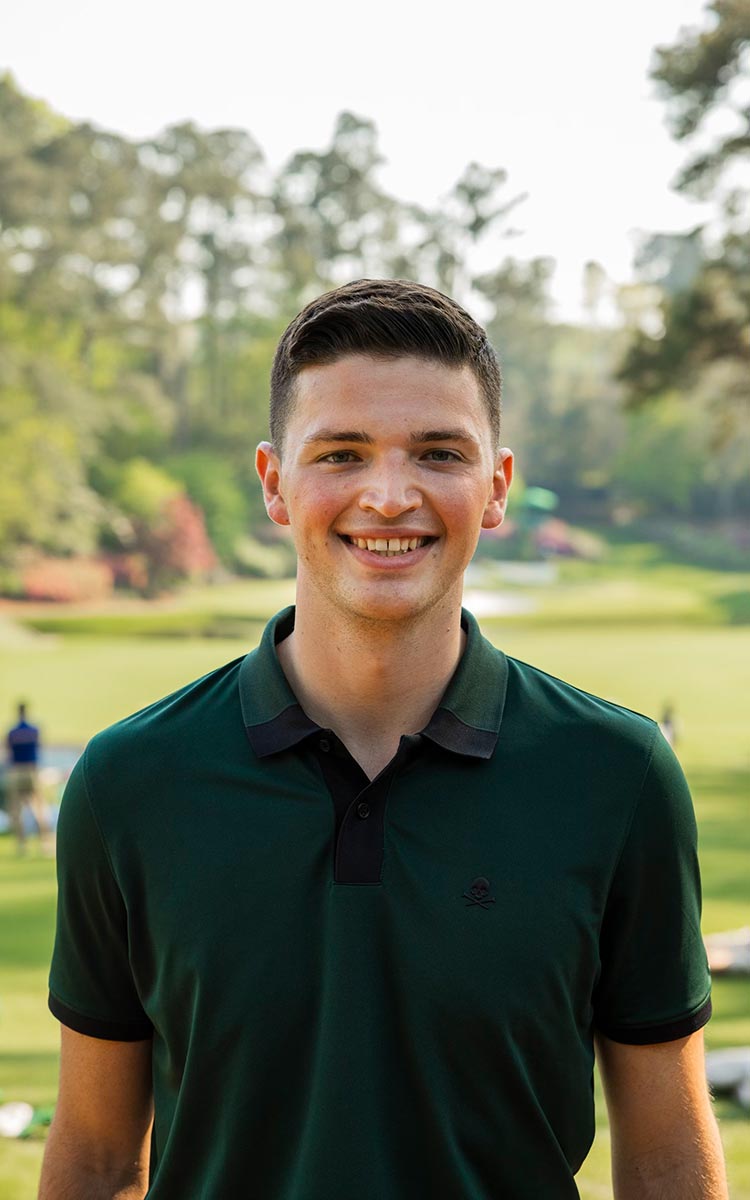James Colgan
Sergio Garcia is one of many players interviewed in the new TV series “LIV to Win.”
Getty Images
In disagreements, the term “straw man” refers to the act of distorting an argument into something it is not (the so-called “straw man”) and then attacking the distorted argument instead of the real one.
We begin today’s Hot Mic with a reminder of this tactic, because you might have seen a prime example of it flash across your social media feeds on Friday, when LIV Golf announced the creation of “LIV to Win,” a new Fox Sports TV series showcasing behind-the-scenes of life for the rival league. The league announced the new show with a 65-second trailer, using player interviews to juxtapose criticisms about the league with dramatic shots from tournaments appearing to disprove them.
While there is surely more to be written about the trailer’s creation and framing, I was struck by this creative decision for a different reason: I think, on one critical piece of the straw man (media empowerment), LIV has a point.
In many ways, LIV to Win proves true a key component of the league’s existence: that LIV could structure golf so that its players would be incentivized to invest time and effort in media. In this thinking, LIV would buck the traditional trend of golf TV rights — where players sign over their exclusive media rights in exchange for entrance into high-paying events — by allowing players (and franchises) to operate their own media shops and retain ownership stakes in their own teams. Eventually, if those efforts went well, players could generate real sums from their media efforts independently of their performances on LIV.
💬 “DON’T EVER TELL ME I DON’T CARE ABOUT GOLF”
For the first time, LIV Golf provides an all access series taking fans to the inside of the league, its teams and players. Premiering April 7th on @FS1 📺#LlVToWin pic.twitter.com/sIn2cedNlN
— LIV Golf (@livgolf_league) March 28, 2025
For years, one of the critical issues facing the PGA Tour has been the gap between player paychecks and those who pay them (the TV partners). The players play for the lowest scores possible, and their paychecks are based on those scores, while their media rights are signed over en masse so that the Tour can collect its $750 million annually from media rights partners. In this structure, there is a gray area between “being an interesting golfer” and “making money” that many players would rather not touch.
“I mean, we’re all aware of the general landscape of golf in the media and whatnot…” Cameron Young, one quiet PGA Tour player, told me in November. “But golf is a very difficult game, and it’s my job to be good at it. So I spend a lot more time on that part of it.”
The TV partners make a lot more money from players who score well and play interestingly, which sets up an interesting paradox. Of course the TV partners would rather not have pro golfers act like overly sanitized robots, but the structure of pro golf benefits those who focus on low scores above anything else, including personality. The Player Impact Program was one effort to bridge this divide and reward players financially for their media engagement. Player Equity in the PGA Tour is another. But both programs went to only a few players.
LIV, on the other hand, elected to cut out the middleman from the beginning. The league turned a blind eye towards those who wished to develop and monetize their content through YouTube, and encouraged franchises to deliver original content for YouTube and other social media platforms. While much of this content — like the LIV to Win series — has been received with (perhaps justified) disinterest, the buy-in represents a sincere effort from LIV’s players to do something original in the media. The strategy behind it all points to a new incentive structure for pro golf that draws a clear line between a player’s “public interest” and his value.
While the PGA Tour existed for a long time in an indirect relationship between “interesting players” and “more money,” LIV has helped to close the circle. The rival league has pushed its player-run media accounts, provided sweeping access to influencers and player content teams, and generally encouraged the kind of individualized media thinking the Tour has generally pushed hard against.
In response, the Tour has opened its media regulations to allow certain “media partners” dramatically expanded access in the beginning of tournament weeks. It has also signed on a group of golf YouTube content creators, called the Creator Council, to advise the Tour on best practices and invited those same people to compete in Tour-hosted events called the “Creator Classic.” Its YouTube best practices are changing.
These changes represent the minimum for the PGA Tour in catching up to the new media advantage already gained by LIV. They also represent the kind of open-minded advancement a competitor in the marketplace sometimes necessitates. (This week, LIV reminded us that idea-stealing can go both ways, announcing its own creator event called “Duels.”)
None of these changes are quite as easy as Phil Mickelson first made it sound in the winter of 2022 when he first criticized the PGA Tour’s “obnoxious greed” as it pertained to media rights. But they represent the kind of thinking that, in hindsight, Mickelson deserves credit for raising. New media and YouTube are critical pieces of the puzzle for golf’s long- and short-term success — and LIV’s laissez-faire approach toward player content has opened the door for new, sometimes engaging (and fast-growing) content opportunities.
Best of all, the result of this approach seems to be reaping real interest in golf’s biggest stars. Bryson DeChambeau’s YouTube channel is the biggest in the entire sport, with some 1.8 million subscribers, and Phil Mickelson’s HyFlyers account has quickly climbed to 280,000.
That might not mean very much for the success of LIV to Win. But that might not be the point.
It might never have been.

James Colgan
Golf.com Editor
James Colgan is a news and features editor at GOLF, writing stories for the website and magazine. He manages the Hot Mic, GOLF’s media vertical, and utilizes his on-camera experience across the brand’s platforms. Prior to joining GOLF, James graduated from Syracuse University, during which time he was a caddie scholarship recipient (and astute looper) on Long Island, where he is from. He can be reached at james.colgan@golf.com.

